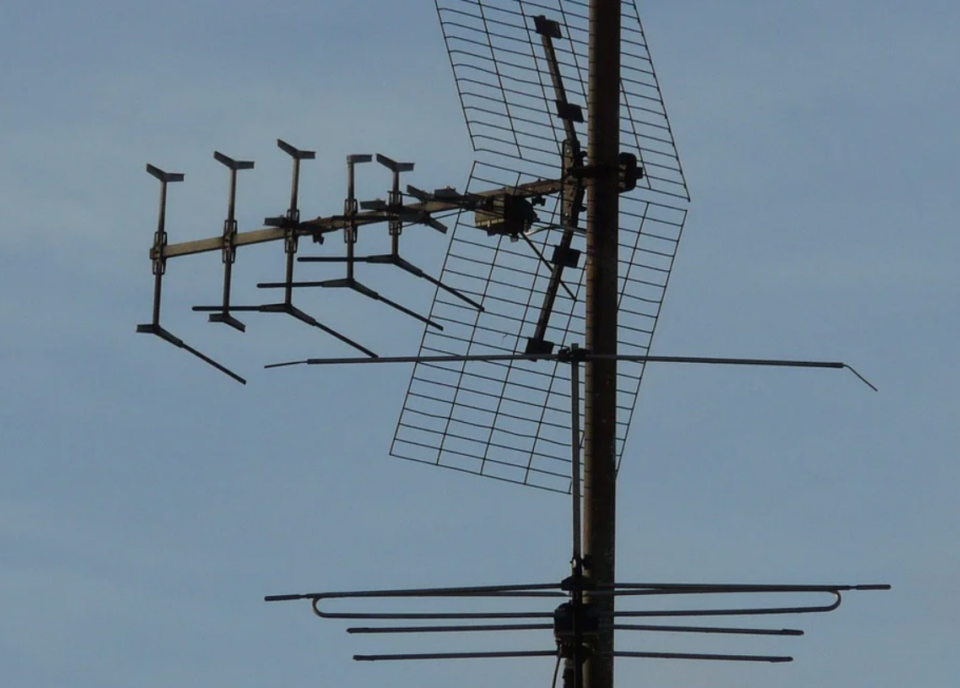Installing a new aerial or TV antenna in your home is easier said than done. Even though the process is relatively simple and almost anyone can do it, there are a lot of things that could go wrong and that will affect the signal. You need to do all the right things if you don’t want to experience any connection issues and if you want to avoid having to move the device around to find the best possible location. In this article, we are going to list some of the mistakes that you need to avoid when aligning TV aerials and antennas and we will tell you how these mistakes are going to affect your overall experience. Keep on reading if you want to learn how to make the right choices from the start, so you don’t have to waste more time on positioning your units properly.
1. Positioning the device near trees
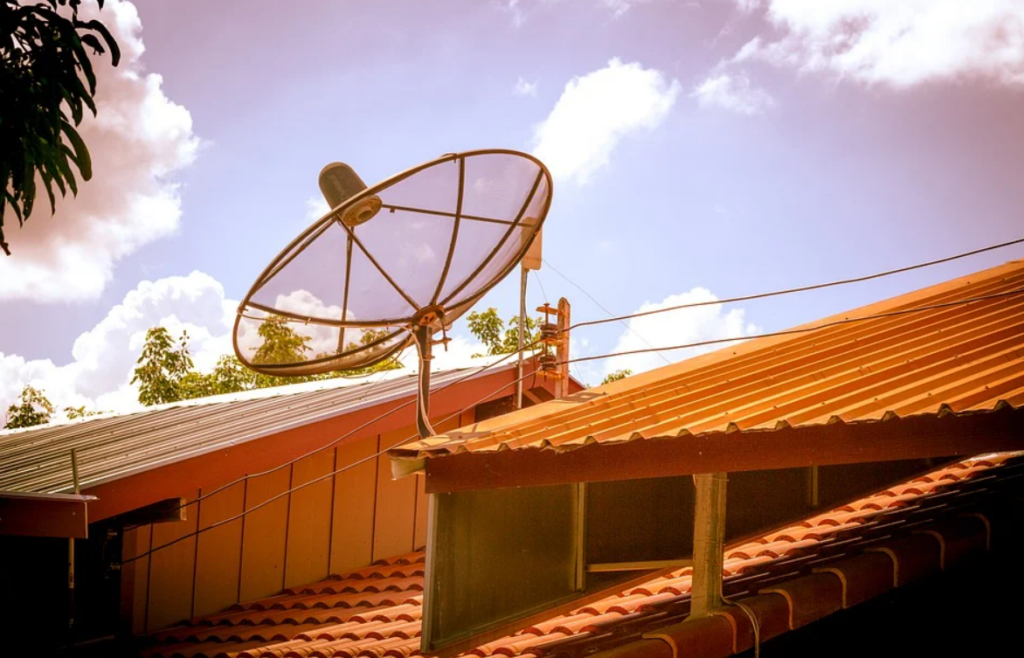
The first mistake you need to avoid when positioning your units is placing them near the large trees. The height of the vegetation will cause an issue with the signal, and it will create interference. Because of this, you need to place your device on the side of the yead that is not facing the vegetation, and if you cannot do this, you should opt for an outdoor model that will be positioned higher than the vegetation.
2. Not paying attention to the angle
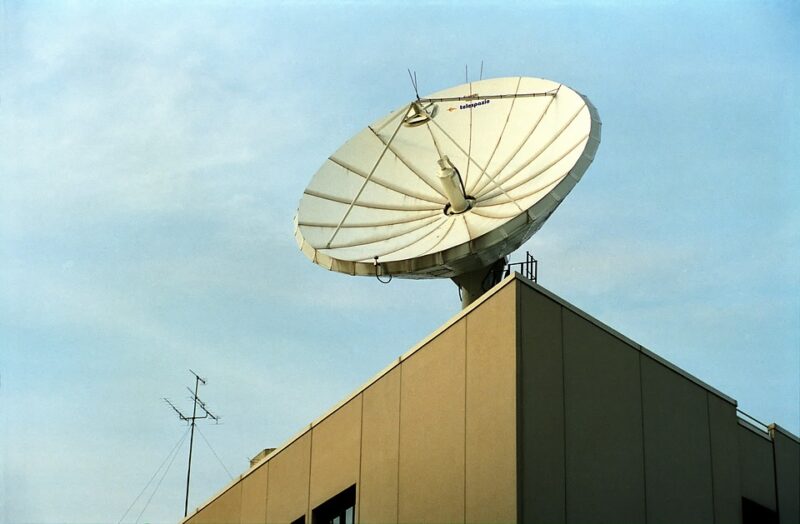
Another mistake that too many users make is not paying attention to the angle of the aerial. Calculating the best possible angle is pretty difficult, and unless you are a professional, or if you are extremely good at math and have all the information needed, chances are, you cannot do this on your own.
This does not mean that you still cannot do what’s right. You should steer away from aligning the antenna in a way that faces the ground or non-reflective surfaces. The best you can do is choose a device with a wider angle and put it in a way that faces the tower.
3. Using old devices and cables
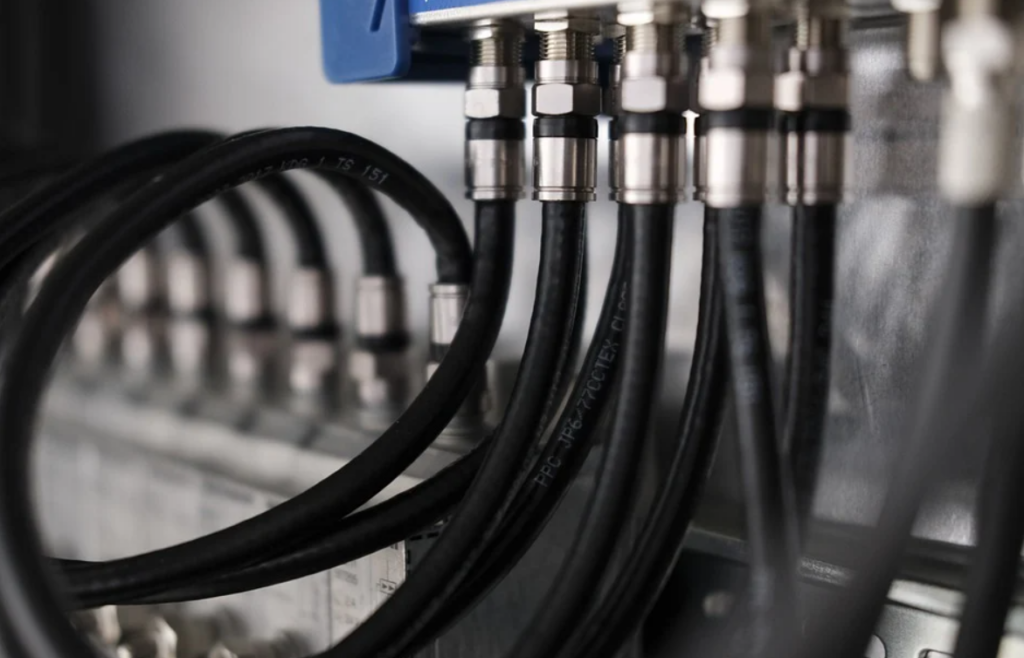
When installing and positioning your devices you need to pay attention to the equipment that you are using.
As you already know, the brand and the model that you choose are going to affect the experience, and even though you don’t always have to go with the most expensive things, you still cannot use equipment that is old and damaged.
Borrowing a device from your friends and family members that have been left in the basement for years is a huge no-no, and chances are, you are not going to be able to use it without issues. On the same note, no matter how good the unit is, if the cables are old or damaged, they are going to affect the signal. Note that the same thing goes for the wall mount and for the TV points.
4. Not talking to professionals
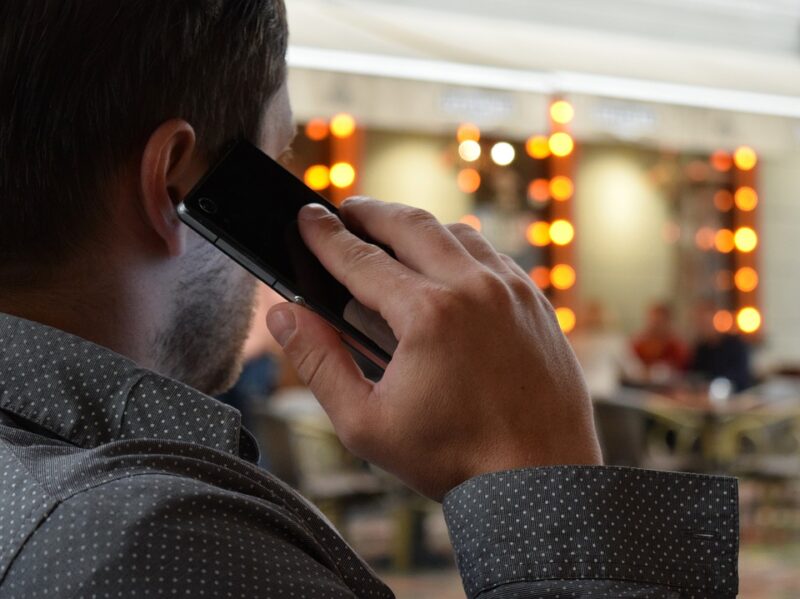
Doing things on your own is rewarding, and once you get the job properly done, you are going to feel happy and accomplished. Nevertheless, when it comes to installing an aerial, you need to know where your limits are.
Talking to professionals and having a service to do all things for you is going to do a big difference, and you will not risk damaging the equipment or injuring yourself when you install it. As suggested by Glasgow TV Aerial Installation, a professional service can help you not only install the antenna properly, but they will also help out in finding the right position for it and aligning it in a way that will boost the signal and avoid interference.
5. Positioning the device too low

No matter if you choose an indoor device or an outdoor aerial, you need to pay attention to the height when installing it. It is said that you need to place the unit about 10 meters from the ground level or about 30 feet up. Nevertheless, this depends on the exact model you have, as well as the proximity to the broadcasting tower.
In any case, you should avoid putting the device near the ground or the floor in your room, and you should never install it in the basement. The higher it is, the better the signal is going to be, and there are also going to be fewer obstacles between the antenna and the tower.
6. Not paying attention to the obstacles

Now let’s talk about how obstacles are going to affect your experience. As you already know, the more things there are between the broadcasting tower and your unit, the worse the signal is going to be. This does not mean that you can use an aerial only in an open space and that if you live in a big city that you are never going to experience good channels. It just means that you should try and make things easier for your device and you should try and avoid as many obstacles as possible.
As we mentioned before, if there are trees on your property, try to either put the antenna on the other side of the house or just position it higher than the trees. If there are buildings on one side, place the aerial on the other, and so on. Pay attention to the angel, and when using an indoor device, don’t put it in a way that the walls are going to cause interference. Place it near the window, and let the signal come to the device without having to go through walls and other obstacles.
Remember that interference can happen for a number of reasons, and other electrical devices are just one of them. Test things out, see where the best position is, and know that even though during the installation process you may need to spend some time figuring things out, it is better to do this now, when things are not set in stone than to have to unmount and change the location of the antenna later. A good professional service can help you out right from the start and they will help you calculate the angle, mount the antenna, and even choose the best model for your current needs.

